 |
| Seamus McGarvey and Lynne Ramsay on the set of We Need to Talk About Kevin (2011) |
One of the questions I ask myself a lot about films is the title of this blog post: "Why do we talk about cinematography without acknowledging the cinematographer?" I'm going to try to answer that question today.
Let's start at the beginning. What is cinematography, and who is a cinematographer?
Cinematography is defined in
this article as 'The art and craft of making motion pictured by capturing a story visually.'
Masterclass defines it as 'The art of photography and visual storytelling in a motion picture or television show.' Cinematography is the creation of images you, as the viewer, see on the screen when you watch a TV show or movie.
A Cinematographer (also known as the Director of Photography) is also defined in the Masterclass article. It states, 'A cinematographer or director of photography is in charge of the camera and the lighting crew. They are the person responsible for creating the look, colour, lighting and framing of every single shot in a film.' They are the ones who actually shoot the movie, and without them, the movie would not exist.
Now that we've covered the basics, it is time to look at the question I asked at the beginning and what I think the answer is.
Before I started this post, I went on Twitter and searched the word 'cinematography', and these were some of the tweets I saw.
What do all these tweets have in common? They mention the cinematography but not the cinematographer. I picked these tweets specifically because they were the first 3 I saw that weren't from 'One Perfect Shot.' (They don't count because they always talk about the cinematography AND the cinematographer.)
Now, these three tweets don't count for Twitter as a whole, especially when you factor in #FilmTwitter, but I can confidently say that they are pretty on par with what I see on my personal Twitter that isn't dedicated to movies. They also aren't wrong; the cinematography in all the projects mentioned above IS stunning, but again, there is nothing about the people who did the work.
I went on the Academy website and searched the database for the winners in the Best Cinematography category in the past decade, and there are names that I consider recognisable like Seamus McGarvey, Roger Deakins, Alfonso Cuarón, and Robert Richardson.
I think the answer to the question I posed is a simple one: The average moviegoer doesn't stay for the credits, and when they do, they don't really watch it. A good example is Marvel movies. You go watch an MCU movie, and any Marvel fan knows to sit through the credits to see the end-credits scene, but the person who isn't a fan and is watching the movie because they wanted something to watch doesn't know that. And even those people who stay aren't always watching the credits; they're mostly just waiting for it to be over so they get a sneak peek of the next movie. When it comes to non-superhero movies, 99% of the people walk out, and I can't really blame them. Not many people want to sit through 5 minutes of credits to see one particular name (unless you're ME, of course). A lot of the time, you remember the scene because it's a visual medium that leaves an impression, but by the time the movie ends, you've checked out.
During the opening credits (if the film has one), the cinematographer is after the production designer, and with the end credits, it's the reverse, meaning that the cinematographer usually comes before the production designer. That is to say that their names are right there if you choose to look.
Without cinematographers, you would not have films to watch. They are the ones who take the director's ideas and make them show up on film and are usually involved in every step of the process, from pre-production to post-production. They serve to tell the story. And it's very interesting hearing them talk about those challenges. In an interview with Collider for Jon Wick 3, the cinematographer, Dan Laustsen, says this in response to being asked. "Has there ever been a shot where you're like, 'We actually can't do this?' Do you always find a way?"
"I always find a way. There’s always a way. We have a lot of challenges and a lot of problems. At the end of the day, it looks fantastic, and Keanu is running around. You know, just push everybody as far as you can. That’s what we try to do on each shot. We try to push ourselves as hard as we can, and a lot of the times it’s a challenge, but I think we’re doing really well."
I noticed something very interesting while I started the research for this post. You tend to have directors and cinematographers who have made a few movies together and constantly work together. For example:
- Paul Thomas Anderson and Robert Elswit
- Darren Aronofsky and Matthew Libatique
- The Coen Brothers and Roger Deakins
- David Fincher and Jeff Cronenweth
- Steven Spielberg and Janusz Kaminski
I think the constant collaboration comes from a good working relationship. John Bailey had this to say about cinematographers working with directors.
"It needs to be collaborative. I’ve always found that you absolutely must have a good, trusting, open relationship with your crew."
Even the worst films can have good cinematography. Take The Last Airbender, a film that I absolutely
despise, has moments where it looks good. There are a few examples I could give, but the one below stood out to me. Andrew Lesnie was someone who knew how to use landscape, as was evident in the Lord of the Rings movies. His attention to detail and eye for lighting and use of landscapes shows in this shot. Not only does it look good, but it also captures a feeling. When Katara and Sokka wake up to find Aang leaving, they're worried, and the slightly darker, cooler colour palette reflects that.
 |
| The Last Airbender(2010) Dir. M Night Shyamalan. Cinematography by Andrew Lesnie |
Now, without further ado, here are just a few cinematographers who are masters of their craft and some of their notable works, as suggested by my brother and my friend Ijie.
Robert Deakins.
Blade Runner 2049
 |
| Blade Runner (2018). Dir. Denis Villeneuve |
Skyfall
 |
| Skyfall (2012). Dir. Sam Mendes |
Sicario
 |
| Sicario (2015). Dir. Denis Villeneuve |
Fargo
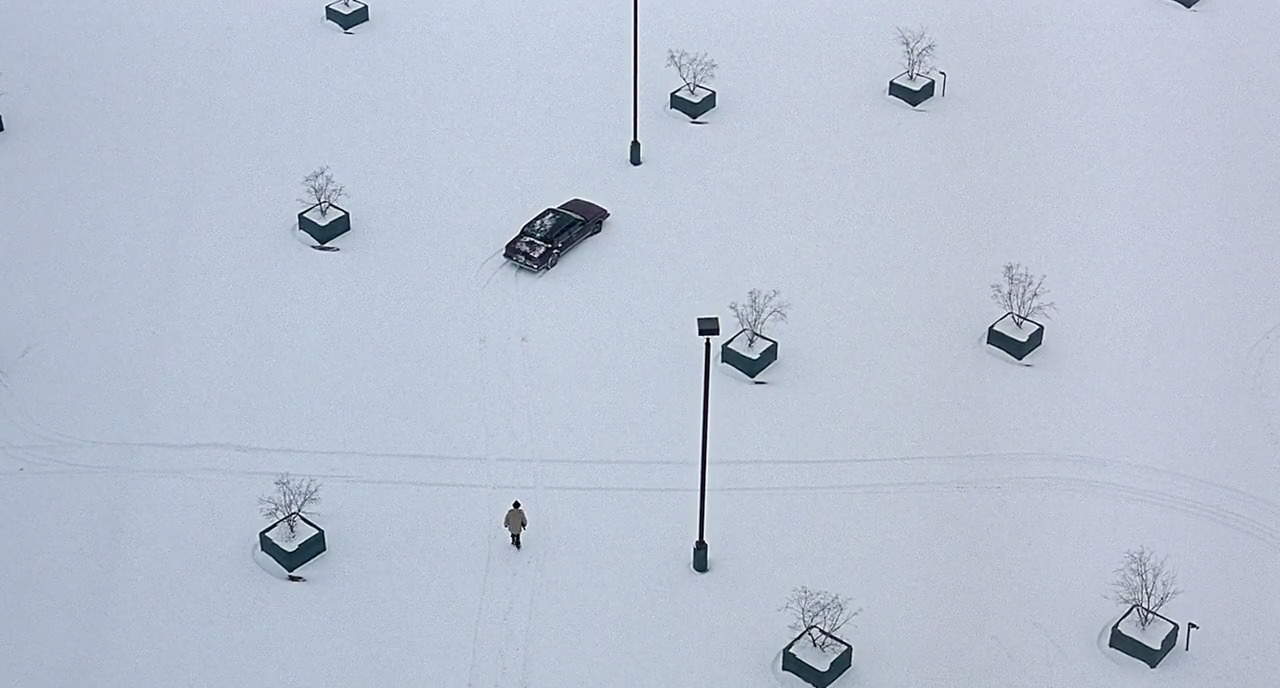 |
| Fargo (1996). Dir. The Coen Brothers |
Emmanuel Lubezki
Birdman
 |
| Birdman (2014). Dir. Alejandro G. Iñárritu. |
The Revenant
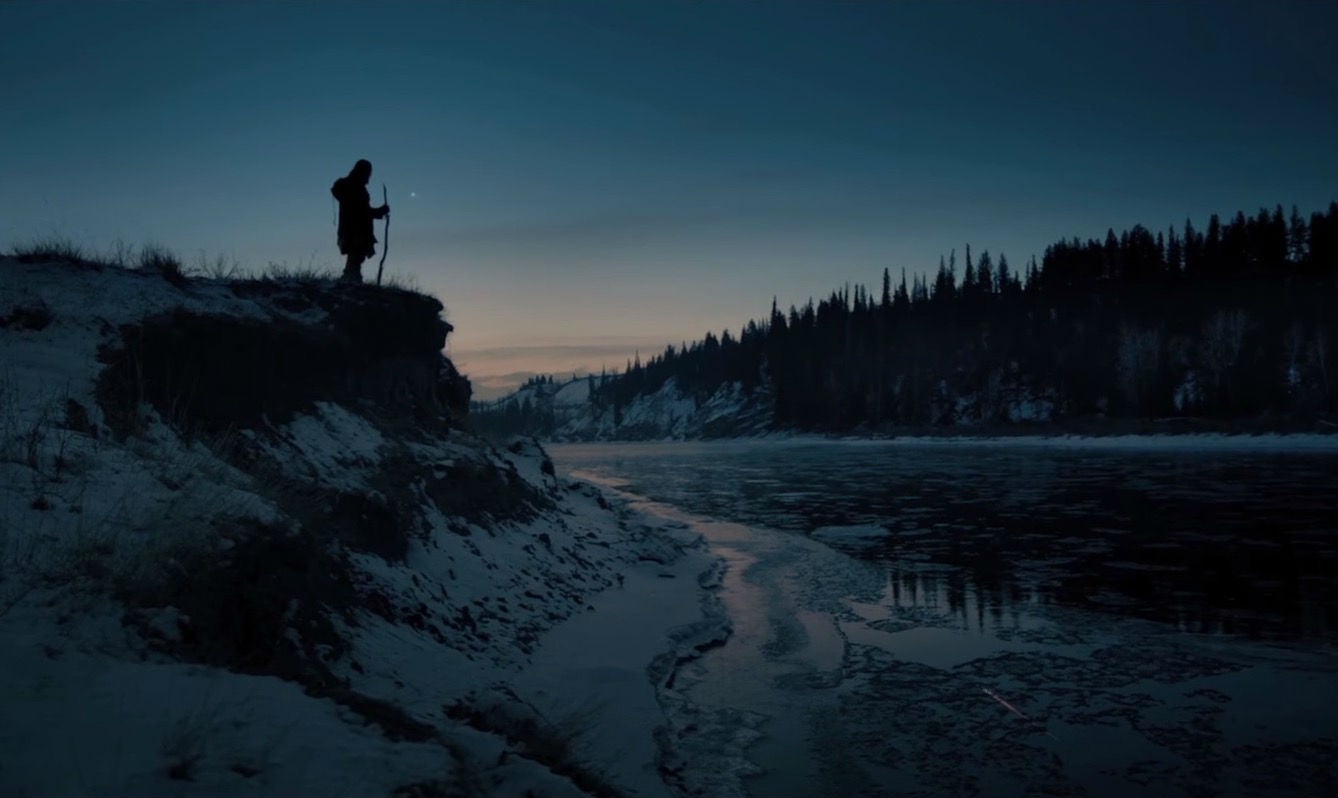 |
| The Revenant (2015). Dir. Alejandro G. Iñárritu. |
Gravity
 |
| Gravity (2013). Dir. Alfonso Cuarón |
Wally Pfister
Inception
The Dark Knight
 |
| The Dark Knight (2008). Dir. Christopher Nolan |
Memento
The Prestige
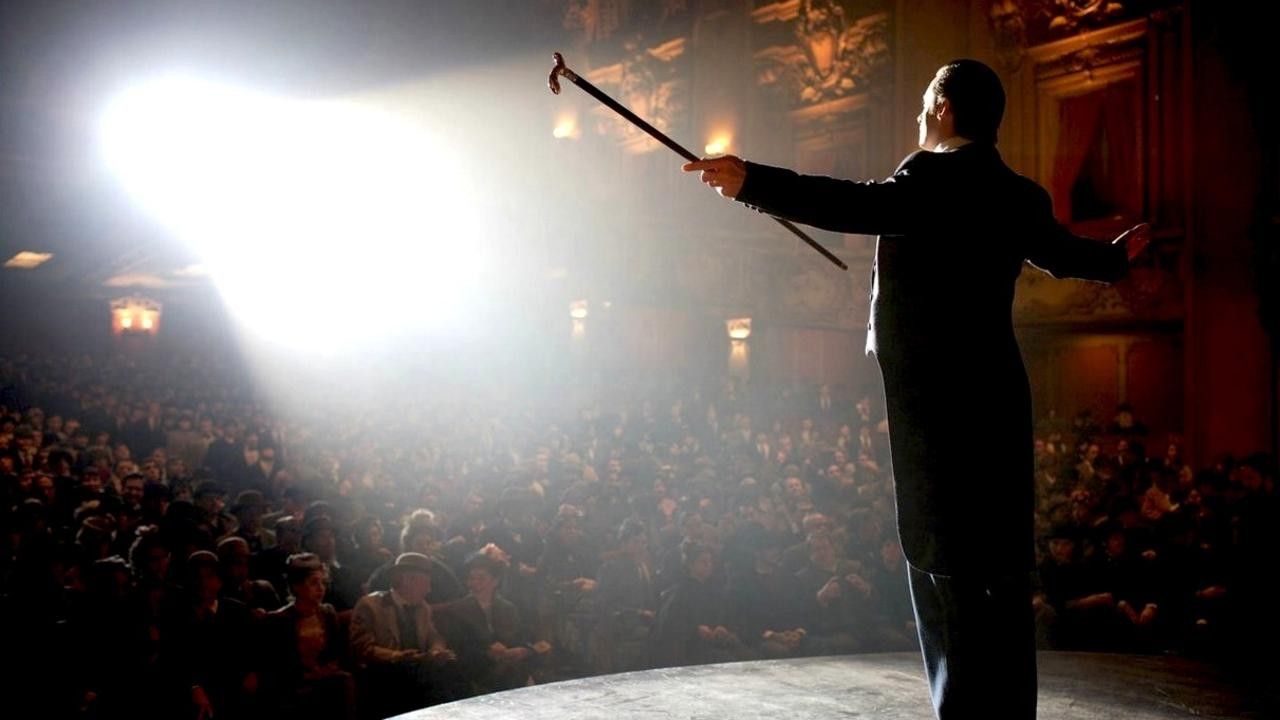 |
| The Prestige (2006). Dir. Christopher Nolan |
Robert Richarson
Once Upon a Time in Hollywood
 |
| Once Upon a Time in Hollywood (2019). Dir. Quentin Tarantino |
The Hateful Eight
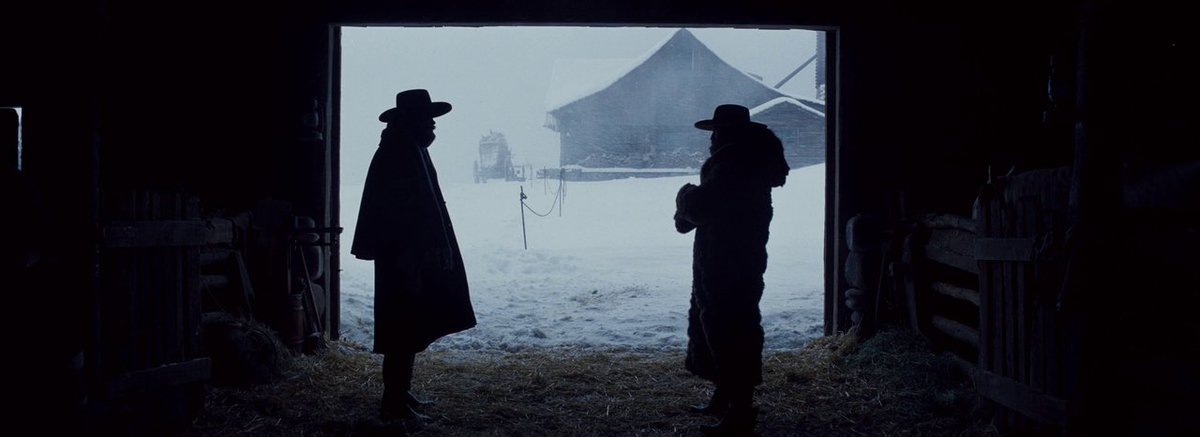 |
| The Hateful Eight (2015). Dir. Quentin Tarantino |
Shutter Island
 |
| Shutter Island (2010). Dir. Martin Scorsese. |
Django Unchained
 |
| Django Unchained (2012). Dir. Quentin Tarantino |
The Aviator
 |
| The Aviator (2004). Dir. Martin Scorsese |
Jeff Cronenweth
The Social Network
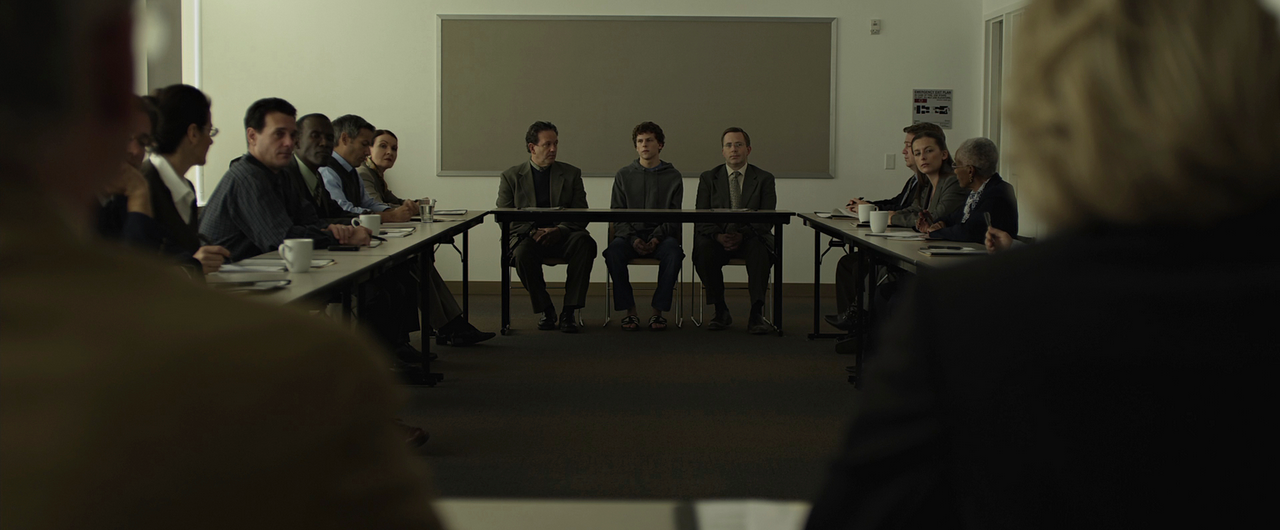 |
| The Social Network (2010). Dir. David Fincher |
Fight Club
Gone Girl
 |
| Gone Girl (2014). Dir. David Fincher |
The Girl with the Dragon Tattoo
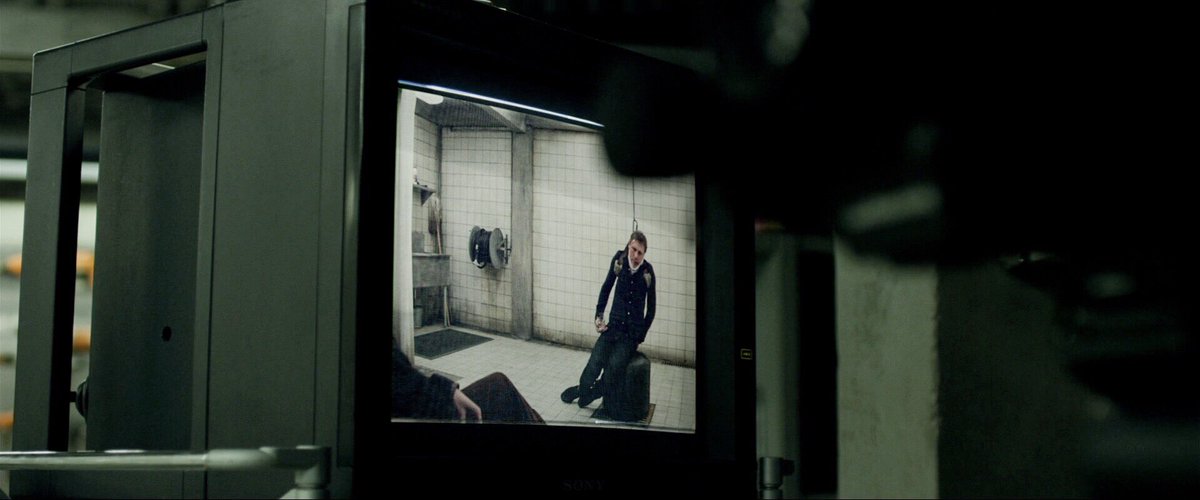 |
| The Girl with The Dragon Tattoo (2011). Dir David Fincher. |
So you see that with every shot you see, there is a tremendous amount of work that goes into it. The next time you watch a movie and think, This looks stunning." I want you to think about the people who worked tirelessly to turn an idea and concept into the stunning movie that you watched.
I'm going to leave you with this quote from Conrad Hall.
"Cinematography is infinite in its possibilities... much more so than music or language."






















Comments
Post a Comment